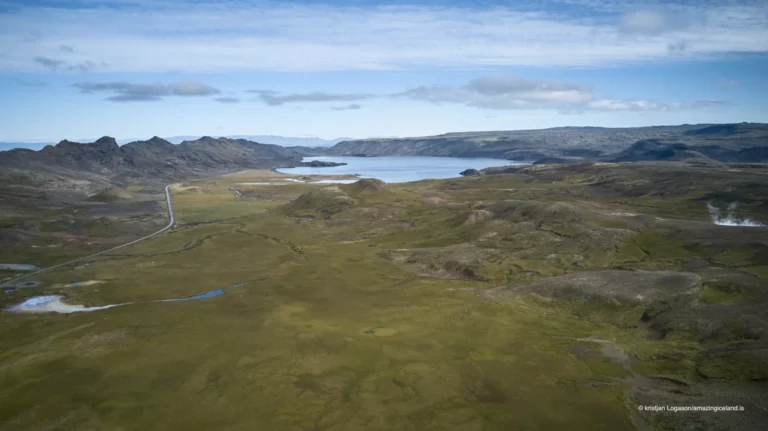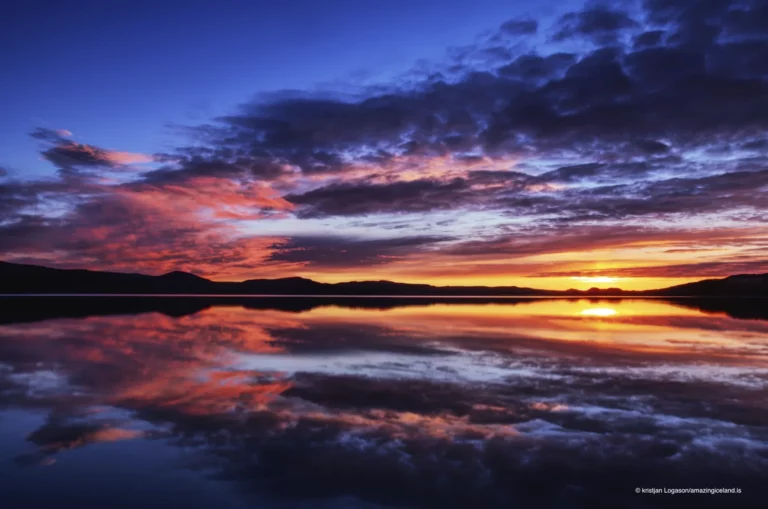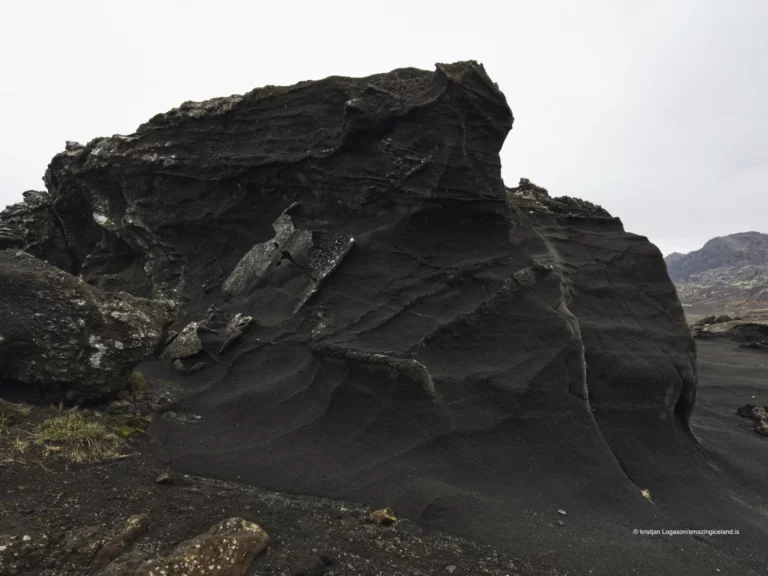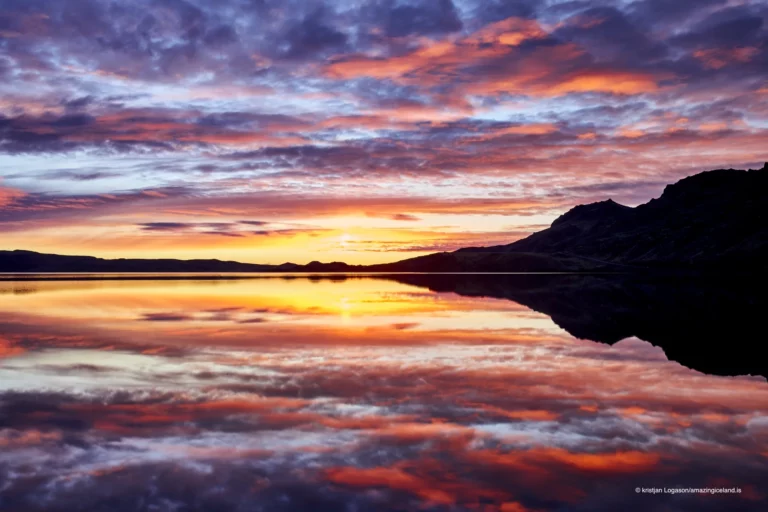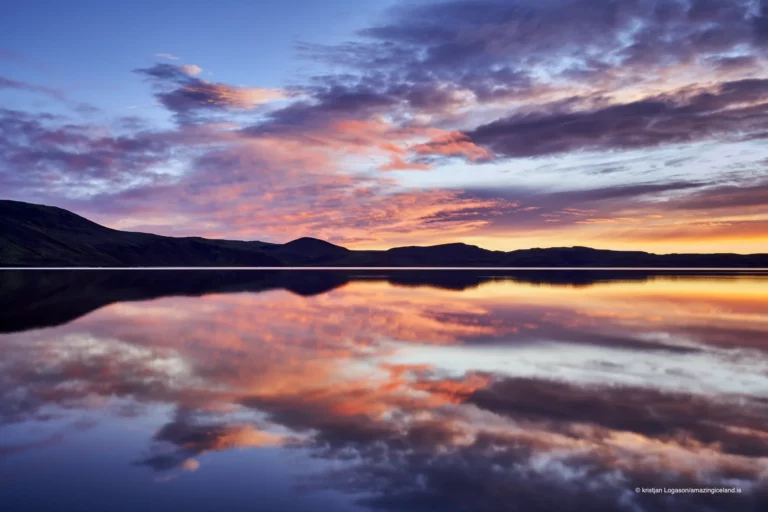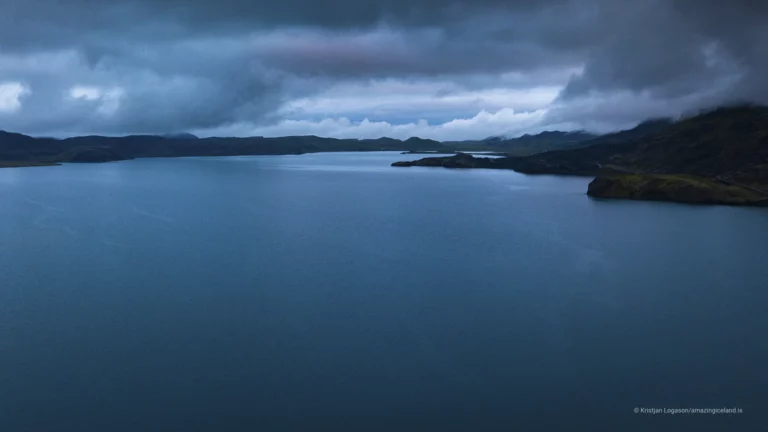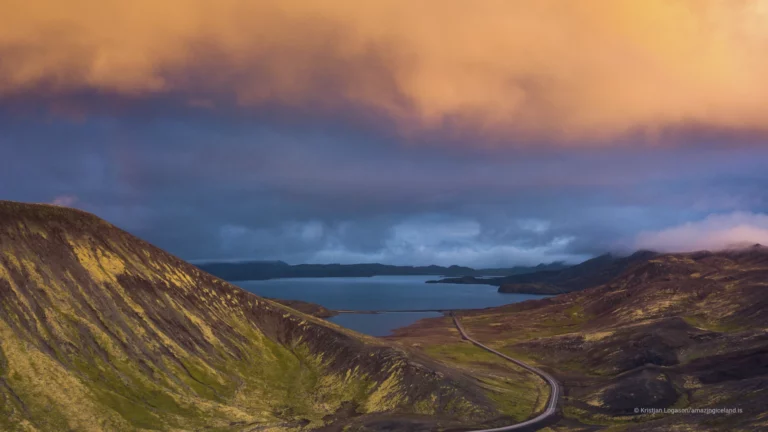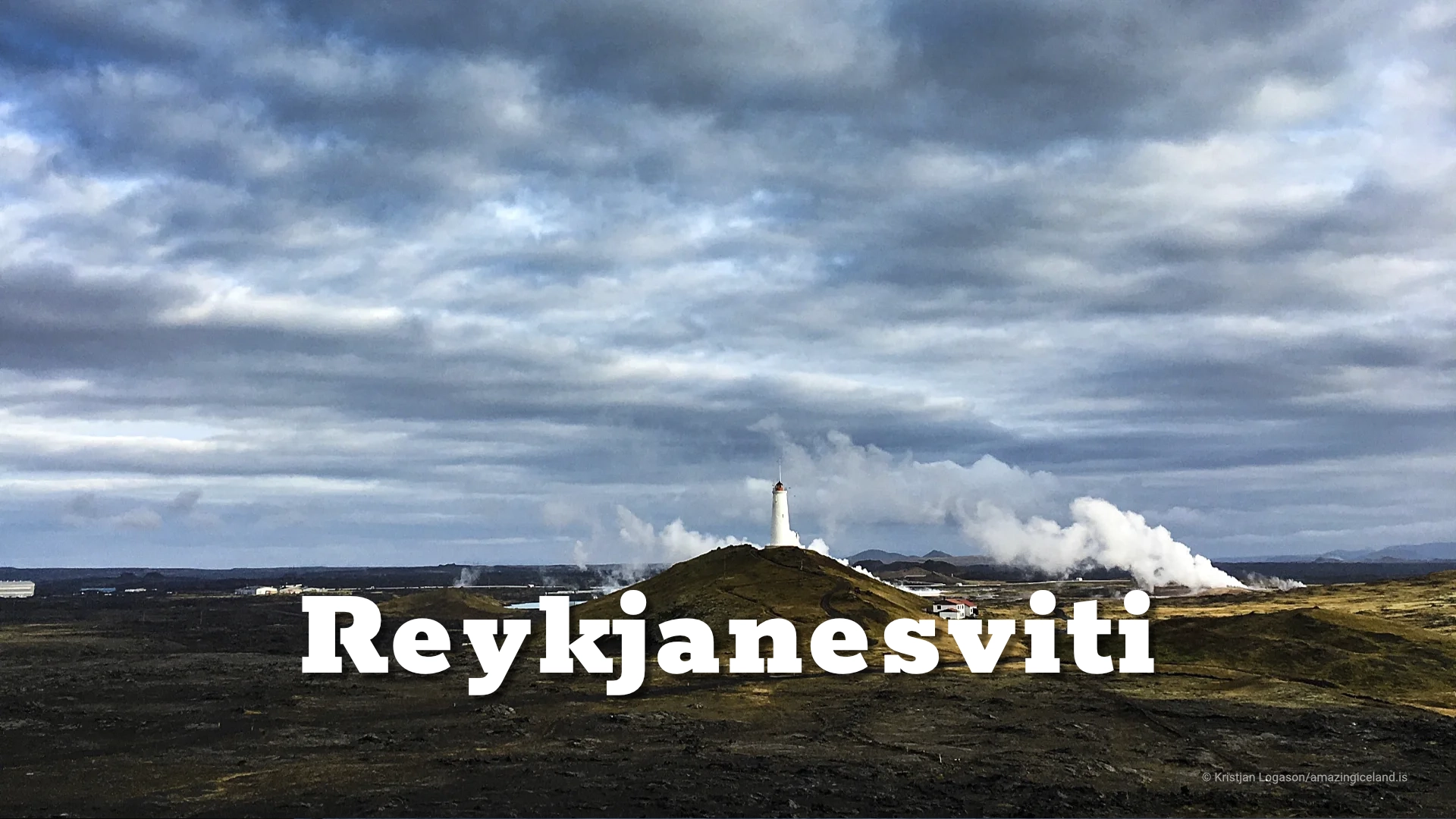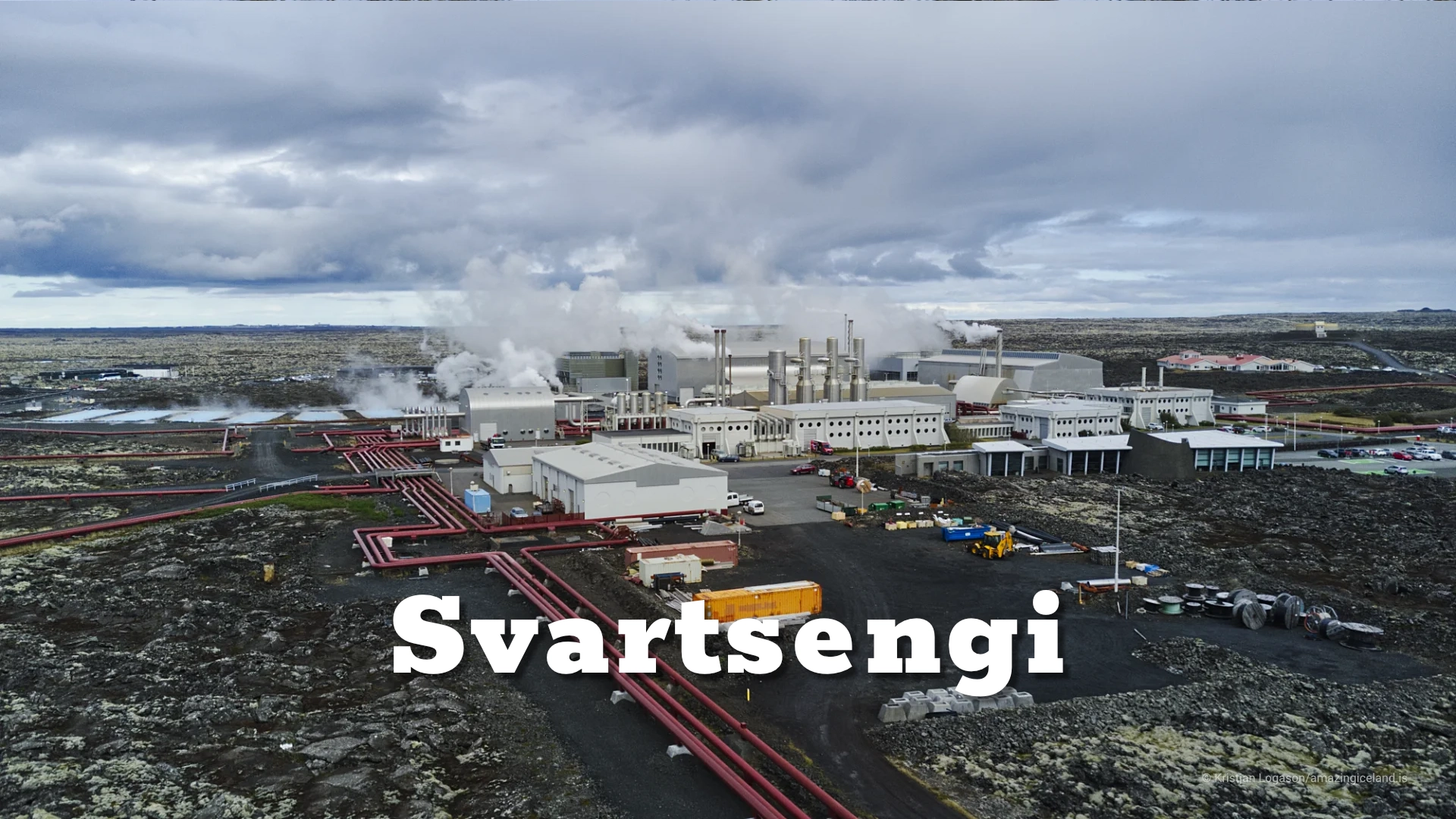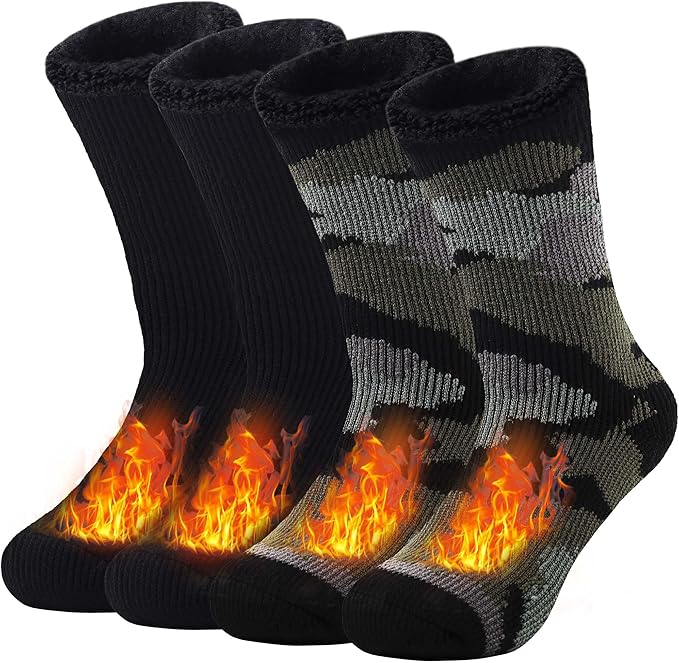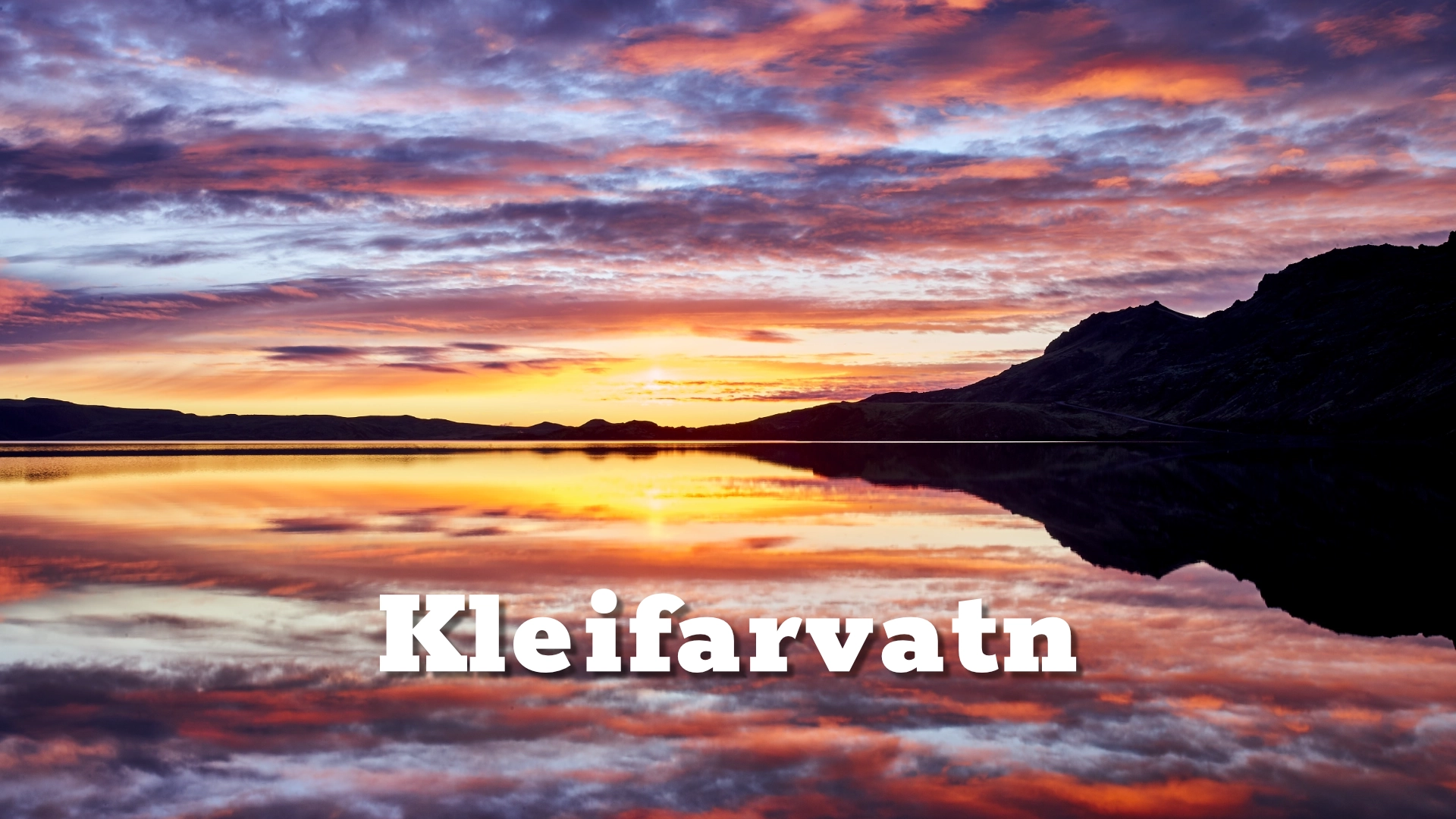
The lake’s unique characteristics and stunning surroundings make it a popular destination both for frequent visitors as well as keen anglers.
The location of Kleifarvatn lake on Reykjanes peninsula
Latitude
N63° 55' 53.204"
Longitude
W21° 59' 2.082
Kleifarvatn lake on Reykjanes peninsula
Kleifarvatn is the largest lake on the Reykjanes Peninsula in Iceland, situated in the southern part of the peninsula in a fault-bounded basin between móberg ridge Sveifluháls and Vatnshlíð. It is located on active volcanic zone on the Mid-Atlantic Ridge fissure zone and like many lakes in Iceland has no visible water coming in or going out, as most of its water comes and leaves in underground tubes. The rugged and scorched lava landscape changes every few hundred yards. The móberg ridges on either side of Kleifarvatn where built up by a series of effusive and explosive subglacial eruptions, as is evident from the pillow lavas and tuffs that appear in outcrops along the road. At the base of Sveifluháls are the hotsprings and the old sulphur mine at Krísuvík.
The lake covers an area of 9.7 square kilometers and has a maximum length of 4.7 km (2.9 mi) and a maximum width of 2.5 km (1.6 mi). Its greatest depth is 107 meters, making it the 7th deapest lake in Iceland and reaching belove sea level.
During the earthquakes of June 17 and June 21 in the year 2000, cracks opened on the north end of the lake bed and the water level dropped significantly, but started to rise again in 2004. Aproximatelly 20% of the lakes volum dissapeard.
In 2007, it is believed that the previous water level was reached due to heavy rainfall from the month of August until the end of the year, but its normal height above sea level was 139-140 meters. It is believed that the crack has been filled or blocked by sediment rather than by movement as there are frequent earthquakes in the area.
Kleifarvatn is one of the major attractions in the Reykjanes Peninsula as there is a colorful geothermal area with high temperatures nearby in Seltún/Krýsuvík. The lake’s unique characteristics and stunning surroundings make it a popular destination both for frequent visitors as well as keen anglers. Trout fry from char stock from Hlíðarvatn in Selvogur were put into the lake in the 1960s and they have thrived, so the fishing is often good. The best fishing spot is at the southern end of the lake, where hot ground water from hot springs seeps into the lake.
Interesting facts:
Water-Hounds of Lake Kleifarvatn:
According to local folklore, a whale-like monster is said to live in Kleifarvatn, similar to the Loch Ness Monster in Scotland. This cryptozoology creature is one of two in Icelandic tales, with the other being a serpent in the eastern lake of Lagarfjlót
The lake plays a key role in a crime novel called “Kleifarvatn” by Icelandic writer Arnaldur Indriðason
In the crime-fiction, the receding waters uncover a body long hidden beneath the surface, and the story follows how she died, and at whose hand
The Locomotive Elite
What do Donald Trump and Iceland’s Locomotive Elite have in common?
Far more than you think.
In The Locomotive Elite, you’ll uncover how a tiny clique in Iceland captured extensive control—of banks, courts, media, and even the central bank.
For decades they ruled, first democratically, then through corruption and in the end through crime, enriching themselves and their cronies while dismantling oversight.
The result?
One of the most spectacular financial collapses in modern history.
